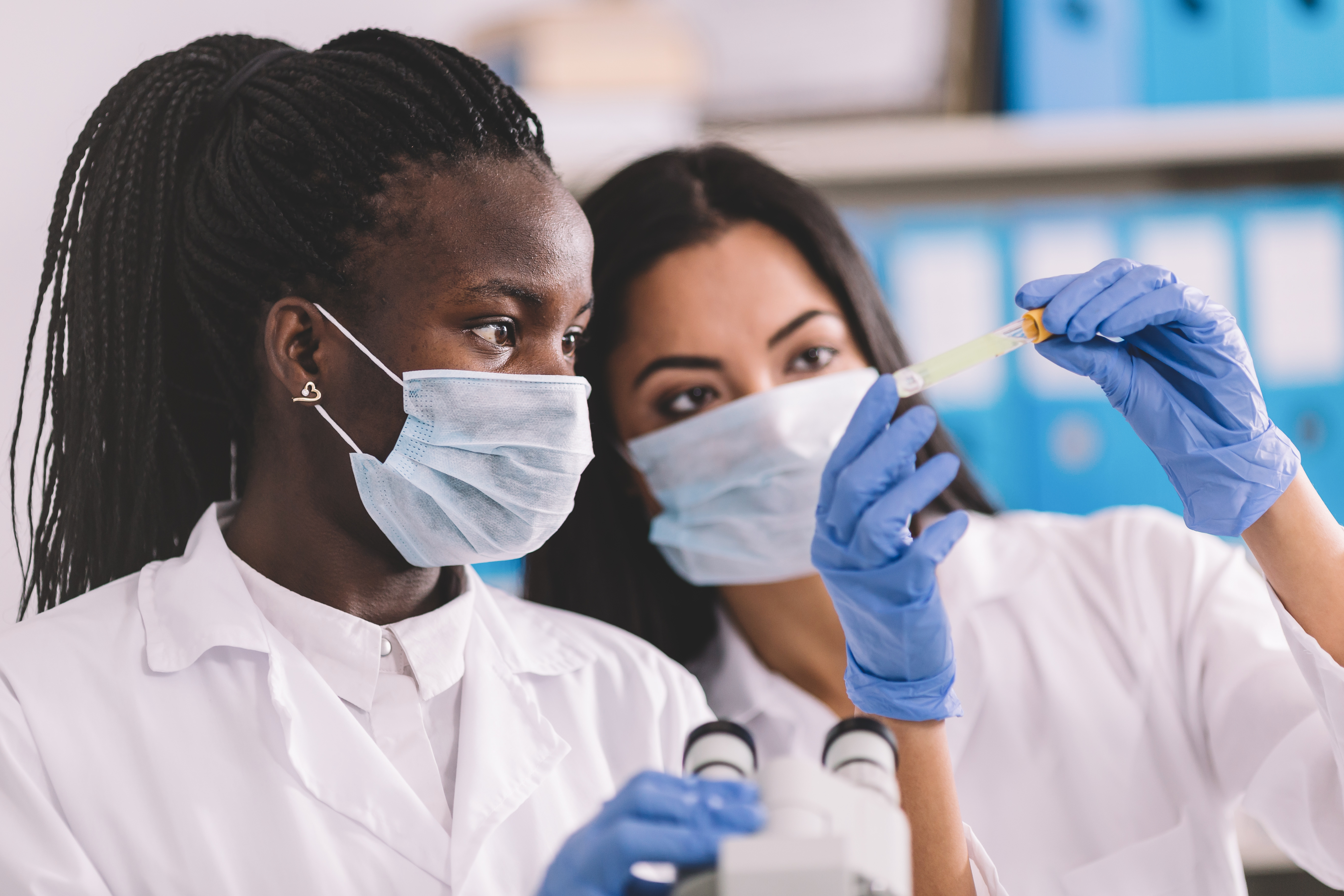Antimicrobial resistance could be the world’s next pandemic—here’s how we can help address it
The next global pandemic may already be in the works.
Antimicrobial resistance (AMR)—when bacteria, viruses, fungi, and parasites no longer respond to medicines, making infections harder to treat—is a global crisis. More than 2.8 million people develop an antibiotic-resistant infection per year in the United States, and more than 35,000 pass away as a result. Worldwide, 700,000 die from drug-resistant diseases per year.
Without new antibiotics and antimicrobials, this number could reach 10 million by 2050—more than the number of people who die annually from cancer.
While the world’s attention remains focused on how to stop the spread of COVID-19, tackling AMR now may prevent a future pandemic. During World Antimicrobial Awareness Week (and U.S. Antibiotic Awareness Week), taking place November 18-24, we have an opportunity to raise awareness and drive action.
How AMR puts vulnerable patients at risk
Oftentimes those most vulnerable to AMR have preexisting conditions, such as vascular diseases, which can lead to amputations, or spinal cord injuries. These preexisting conditions make someone more likely to be prescribed antibiotics, and ultimately develop a resistance to them over time.
“An amputation itself can cause a drug resistant infection,” as do cancer treatments and joint replacement surgeries, Mary Richards, President and CEO of the Amputee Coalition, explained to BIO. Currently, 2.1 million Americans have limb loss or limb difference, and 28 million more face the risk of amputation.
“Individuals with spinal cord injuries (SCI) are another population at risk for AMR, as they are susceptible to infections, particularly urinary tract infections (UTI) as well as pressure injuries which often become infected,” explained Vincenzo Piscopo, President and CEO of United Spinal Association, who sustained a spinal cord injury 11 years ago. Many individuals with SCI do not have bladder control and require catheter use which often increases the risk of UTIs. Responsible drug stewardship and antibiotics and antimicrobial innovation are imperative for individuals with SCI to maintain renal health.
Responsible use of antibiotics is “extremely important” for those with spinal cord injuries, said Piscopo. Urinalysis in these patients will frequently show a false positive for an infection when there isn’t one due to use of a catheter. Doctors may “prescribe immediately antibiotics, when they are not necessary, increasing that risk of making us resistant to the antibiotic,” Piscopo told BIO.
The COVID impact
“We know that COVID-19 has increased amputations,” due to blood clots, said Richards.
“Much like with sepsis, and other drug resistant infections, you’re dealing with a major, life-threatening condition that also results in amputation,” Richards added. “But with a lot of COVID patients, survivorship may not occur even if someone has gone through amputation surgery.”
1 in 7 patients hospitalized with COVID-19 have “acquired a dangerous secondary bacterial infection, and 50% of patients who have died had such infections,” according to an article in The Lancet.
Some individuals living with limited mobility (such as those with spinal cord injuries) have had to make the best of telehealth during COVID-19 because caregivers have not been able to come to them, and as a result, have developed pressure sores which could lead to AMR, according to Piscopo.
How to address AMR with public policy
“AMR is not only a global public health threat, but also a preparedness concern,” said BIO Infectious Disease Policy Director Emily Wheeler. “The next pandemic could be bacterial or fungal in nature.”
The PASTEUR Act and The DISARM Act are two solutions being consideredby Congress. In a nutshell, The PASTEUR Act would create a subscription payment model for new antimicrobial drugs, while The DISARM Act would alter the hospital payment system to incentivize the use of newer antimicrobial drugs when appropriate.
“Both of these bills would address different components of the AMR problem and they are very complementary and together work to not only stimulate a robust pipeline to address resistant threats but also to enable appropriate patient access to these products,” added Wheeler.
“One of the main takeaways for policymakers needs to be that the way new and novel therapies are developed in our country doesn’t really work as well for new and novel antibiotics,” said Richards.
Policymakers need to understand that if we develop better antibiotics, “the cost of health care would ultimately decrease,” explained Piscopo. This needs to be “a long-term investment.”
To learn more about what we can do about AMR, visit www.WorkingtoFightAMR.org.





.jpeg?itok=ByJuBfy-)














.png)


